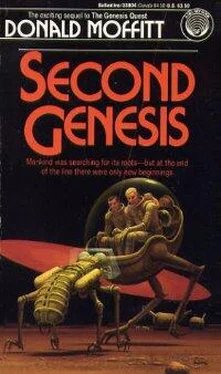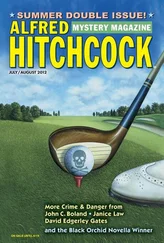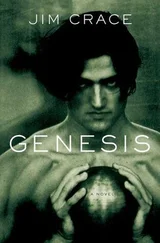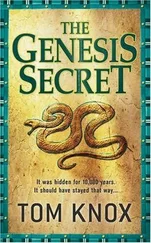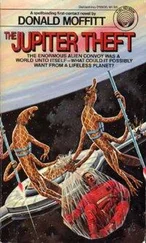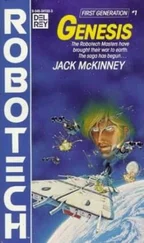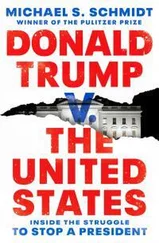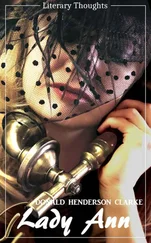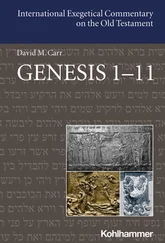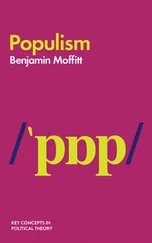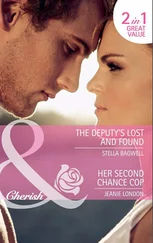“You ought to know that radio traffic between the colony and the father ship has resumed.”
“They’ve renewed their connection?”
“For the time being. They had something to say to each other. You can imagine what it is.”
“I take your meaning, Jun Davd. I’ll try to speed up the evacuation.”
“It’s hard to abandon what we’ve found of our heritage, I know. But we were going to leave soon, anyway.”
Bitterness clogged Bram’s voice. “Yes, but we always meant to come back one day. Now…”
“Yes,” Jun Davd said somberly. “They’ll have spread to the other disks by then. But Bram, we’ve done wonders in the year we’ve been here—thanks in large part to the spadework the rat archaeologists did for us. We’ve got the great libraries of mankind and a whole biological repository of extinct life forms…”
“I know, Jun Davd. We never thought we’d regain so much of our heritage. Still…” He felt suddenly weary. For the first time, the centuries of wandering seemed to have caught up with him—more than six of them by now, while the clock of the universe had ticked off its tens of millions of years.
“What did Jorv mean, ‘Odonata’?” Bram said.
Jorv’s assistant, Harld, faced him, a scalpel in his hand, still looking pale and shaken. He had a thick white bandage on his head, covering the scalp wound he’d received trying to save a woman from the jaws of an insect-creature, and there were deep scratches down one long bony cheek.
Harld put the scalpel down, looking thoughtful. He paused to look around behind himself where the other two surviving members of the zoology department continued their dissection of one of the insect corpses. The body cavity was laid open, with internal organs spread out fanwise, and Bram did not care for too close a look.
“Odonata? Is that what he said?”
“Yes. Just before he died. He said it after he saw the way the creature grabbed the Cuddly, as if that had made him remember something.”
“It comes from a root in a pre-Inglex language called Greek. It means ‘tooth.’ Original Man used Greek prefixes a lot in scientific classification. Ever since Jorv got back from his trip to the insect camp, he’d been poring over the old archives for insect references, especially from an institution known as the Smithsonian. But there was just so much material to absorb…”
“What does ‘tooth’ have to do with it?”
“It sounds as if it may be the name of the insect order.”
“Can you…”
“There’s nothing to it, now. It’s all alphabetical. Come back in an hour.”
Bram spent the hour arguing with one of the curators from the art team, who wanted to pack an entire shuttle with a collection of paintings and photoplastic art that had been discovered at the last minute.
“It’s irreplaceable,” the man pleaded. “Originals that were on loan from Earth museums. Art that was produced here on the diskworld over a period of several centuries—some of it of the very highest order. We can make a selection—let me assure you that we’re prepared to be very stringent with ourselves—and have it vacuum crated within a Tenday.”
Bram tried to explain that there was neither the space nor the time. “There are still crates of last-minute finds out next to the shuttle pad that are going to have to be abandoned,” he said. “Can’t you make microreproductions of it?”
“You don’t understand! ” the curator wailed. “These are originals !”
In the end, it was decided that the curator and his staff would be allowed to take a selection of some of the smaller objects with them as their personal baggage. “The Rembrandt engravings,” the curator decided. “The little votive figurines from the Falwellite thearchy. The photoplastic diskscapes from the neo-literalist period. And some of the small table sculpture. Oh, dear, how will I ever winnow it down?”
Bram suggested that the museum staff load all the excess artwork that they could manage during the next twenty hours on one of the unused rocket-assisted pallets. Some tens of the pallets were slated to be left behind along with a lot of cargo walkers and heavy machinery. “See Jao,” Bram said. “He’ll compute a rough trajectory for you. We’ll have to shoot it off unmanned, but with luck, one of the interbranch vehicles from Yggdrasil will snare it and bring it in.”
“B-but it could be lost forever,” the curator said. “Better to leave it here.”
“No,” Bram said, looking him in the eye. “It wouldn’t.”
That got through. The curator nodded grimly. “I’ll get moving on it right away.”
When Bram returned to Harld, the thin-featured zoologist was waiting for him next to a table spread with photoplastic readouts. He handed one to Bram without comment.
Bram took the stiff sheet from him. It showed a slender, jewellike creature with bulging metallic eyes and four fragile, veined wings.
“ Odonata ,” Harld said. “Suborder Anisoptera. Also known as the dragonfly, or sometimes by such names as the devil’s darning needle, the mosquito hawk, or the bee butcher.
Bram studied the photograph. He could see several features that suggested a possible provenance for the insect-folk: the domelike eyes, the long segmented body with the claspers at the end, the six wiry legs all grouped together just behind the head.
“Our neighbors across the plain don’t have wings,” he pointed out.
“Neither did their ancestors,” Harld said. “You’re looking at the adult form of the dragonfly. That creature on the dissecting table is descended from an immature form called a nymph.”
Bram looked across at the grisly specimen, the liplike structure with its hooked clasping lobes was spread out to more than a fourth of the creature’s body length. He shuddered.
“Dragonflies spent most of their lives as nymphs,” Harld went on. “Years, sometimes. They lived underwater, breathing through gills, eating voraciously till they grew to size. They’d attack anything that moved—creatures bigger than they were. When it came time for them to change, they’d climb up a reed, split their skin, and emerge as that glorious winged creature you see there. The adult form—the imago—was the one that reproduced. It lived only a few Tendays and died after laying its eggs.”
He handed Bram another photoplastic readout. This one showed a dragonfly climbing out of a pale, cast-off ghost of itself and spreading its gossamer wings.
“What confused the issue,” Harld said, warming to his subject, “was that Odonata’s like no other insect order. There was a separate evolution of the nymphal and imagal forms—probably dating back to before Earth’s Carboniferous period. The dragonfly larva lacked the specialized regeneration centers—’imaginal disks,’ they’re called—that in other insects formed the adult tissues from latent embryonic cells, while the larval tissues melted away. They never went through an intervening pupal stage. They changed by direct growth.”
He was shoving more readouts at Bram. “The nymph adapted for an aquatic life, while the adult dragonfly remained virtually the same,” he said. “The nymph evolved independently. It developed gills. Then, at some point, apparently—like other aquatic creatures—it left the water in its immature form and developed the ability to breathe air.”
Something ugly stirred in Bram’s memory, the shadow of an ancient image.
Harld was trying to show him something on the autopsy table. “Jorv was perfectly right about the way they developed the equivalent of lungs. A portion of the alimentary canal just anterior to the rectum became enlarged into a sort of bellows.”
Читать дальше
